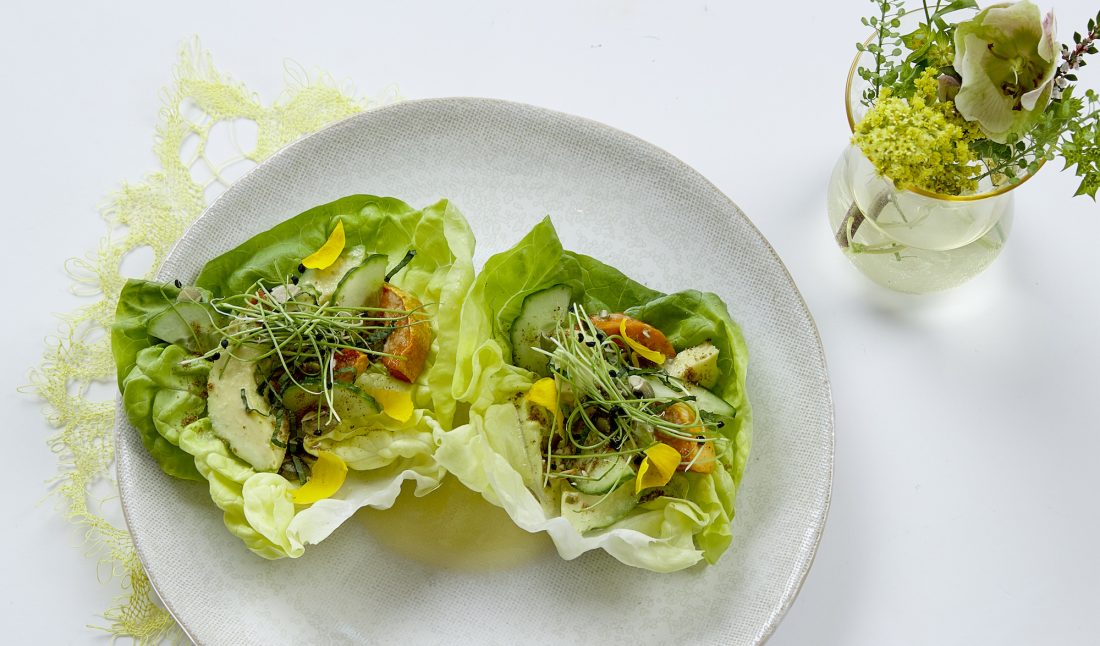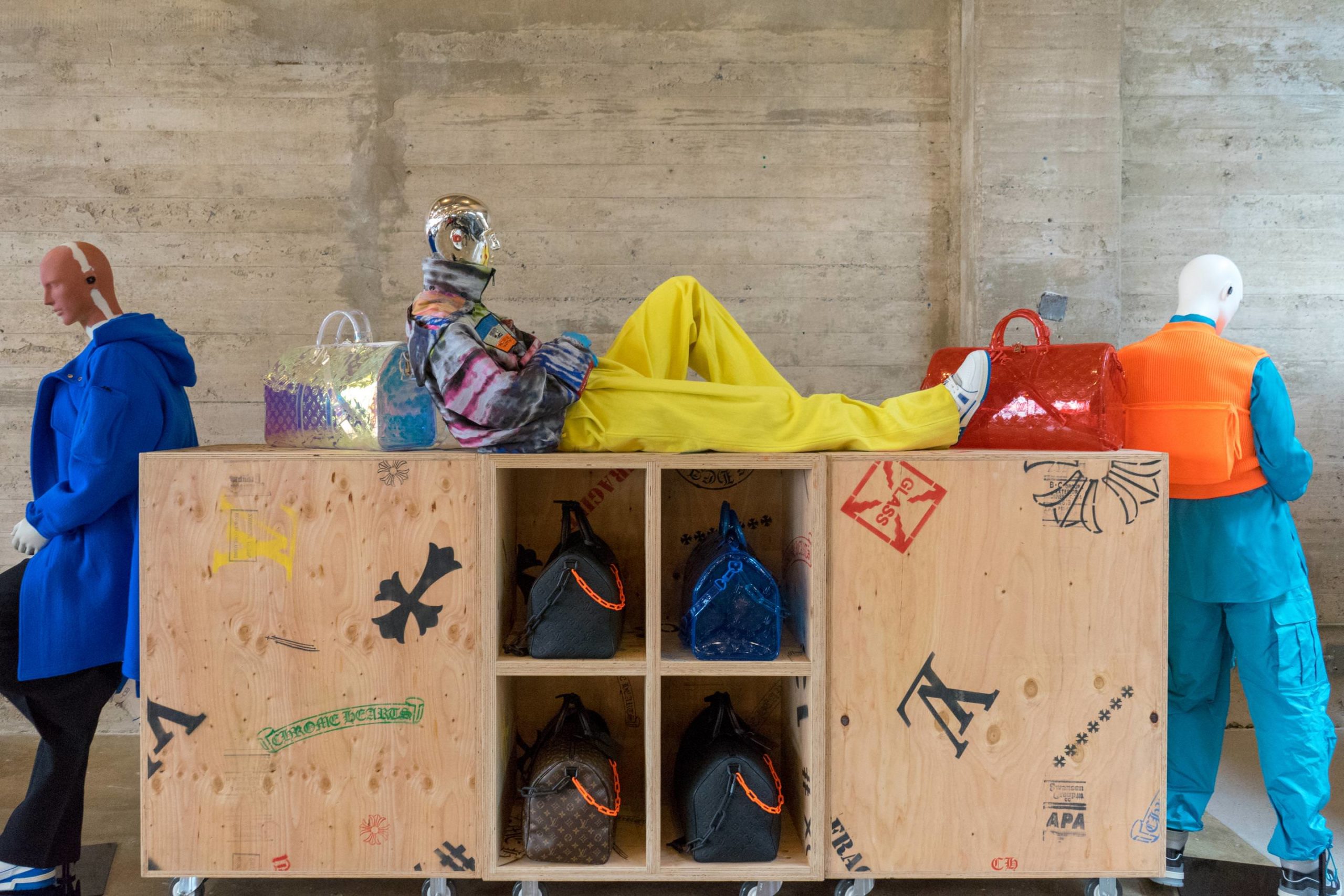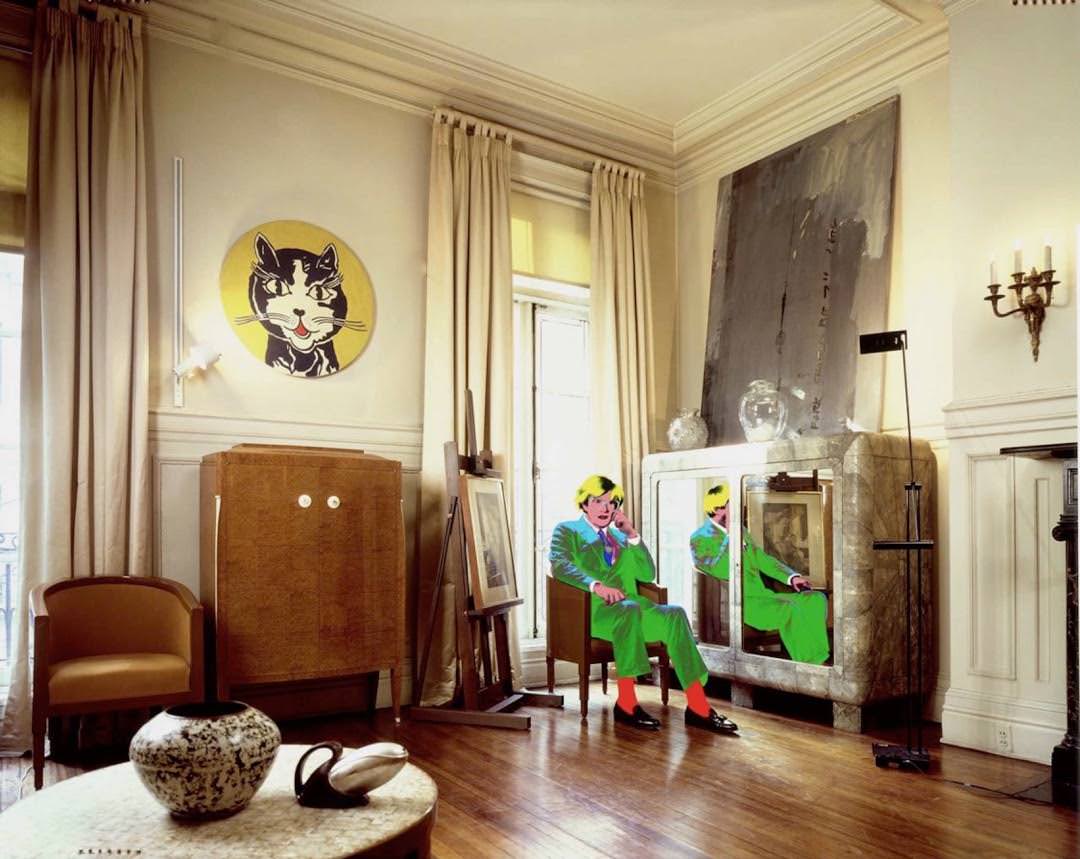Earlier this year, abcV opened as the third restaurant from abc carpet & home’s CEO and Creative Director Paulette Cole and chef Jean-Georges Vongerichten. This highly anticipated vegetarian restaurant is overseen by chef de cuisine Neal Harden and features a menu of high vibration vegan and vegetable-centric dishes, tonics, and elixirs (including a dish contributed by Deepak Chopra). The interior space was co-designed with abc’s Executive Vice President of Art & Design Amy Ilias, who with Cole created a room filled with light and feminine energy, appropriate for finding stillness in the ritual of nourishing one’s body.
WHITEWALL: Paulette, you’ve talked about the importance of design being felt, and the idea of creating a sacred space outside of your body that mirrors your passion, your ideas, your spirit. I wonder if you see abcV as a way of treating ourselves inside our body sacredly?
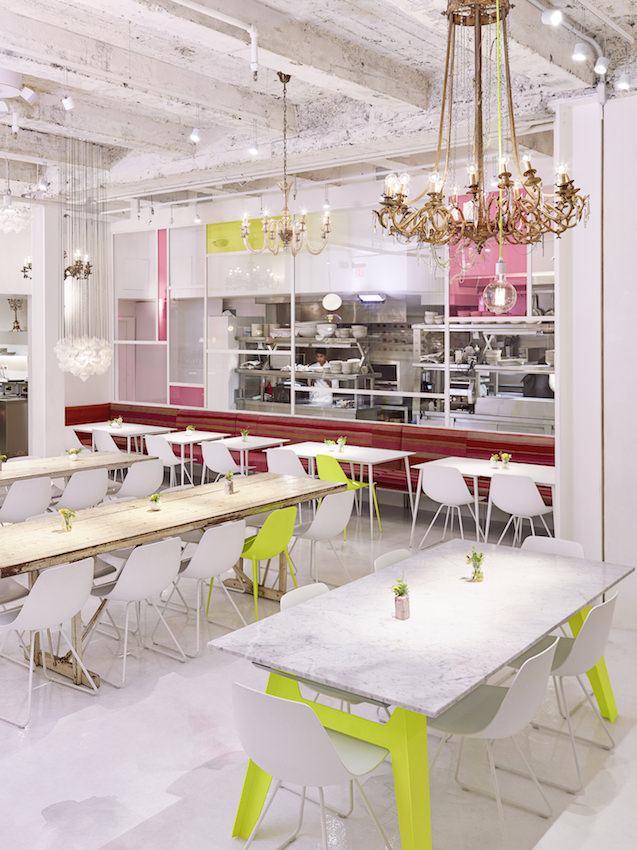 Courtesy of abcV
Courtesy of abcV
PAULETTE COLE: There is a very intentional connection between our vision at abc and the restaurant. It’s about how we feed ourselves, how we create our space, our extended spaces, and how that affects our collective home: the planet. In the restaurant space we’ve surrendered to a somewhat higher intelligence of light, the sun, the moon, the planet, and those energies.
AMY ILIAS: Ultimately, this has the most mindfulness and clarity around the design of any of our projects. We created a visual physical space that feels very purifying, which is mimicked in the menu.
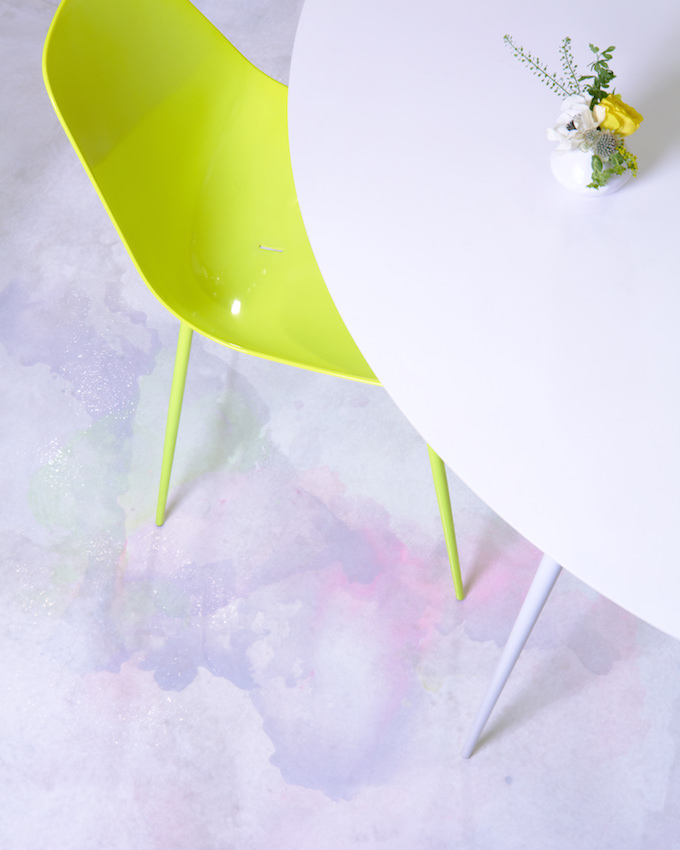 Courtesy of abcV
Courtesy of abcV
PC: At abcV, we were very inspired by light, and we see our table as a mini altar. We set that table very intentionally with forged flowers, lit candles, and handmade beautiful vessels and ceramics. Those are the details that we feel elevate the experience to a higher frequency.
WW: abc is committed to “slow design,” being inspired by nature, and tapping into a deeper intelligence and genius in biomimicry. How do you see abcV staying true to that idea?
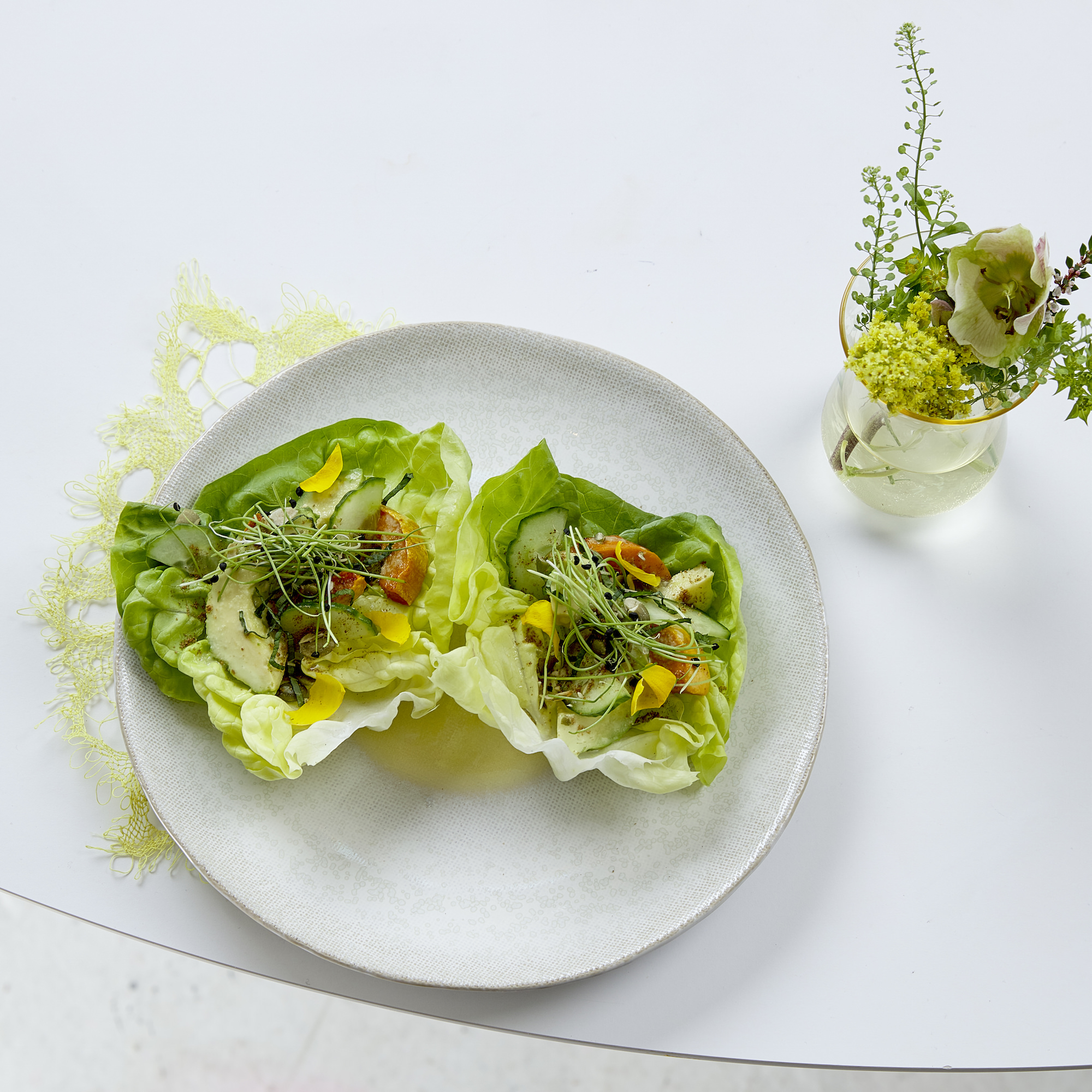 Courtesy of abcV
Courtesy of abcV
AI: In the design, there is sunlight inspiration, there is moonlight inspiration, but it’s also about light in terms of wisdom. And there’s a tremendous amount of wisdom behind the food and the design of the menu. That’s a core experience at abcV, where slow design meets slow food.
PC: It’s all about our being mindful and present for our meals, how we nourish ourselves, and how we gather. It’s designed in the spirit of gratitude, taking that moment to sit at your table and be present. Where biomimicry comes in is we’re meant to eat more of a plant-based diet. Our bodies thrive on a better balance of alkaline and acidity. It’s not that we’re attached to the dogma that everybody has to be vegan or vegetarian; it’s to really offer awareness of that balance from plant-based intelligence.
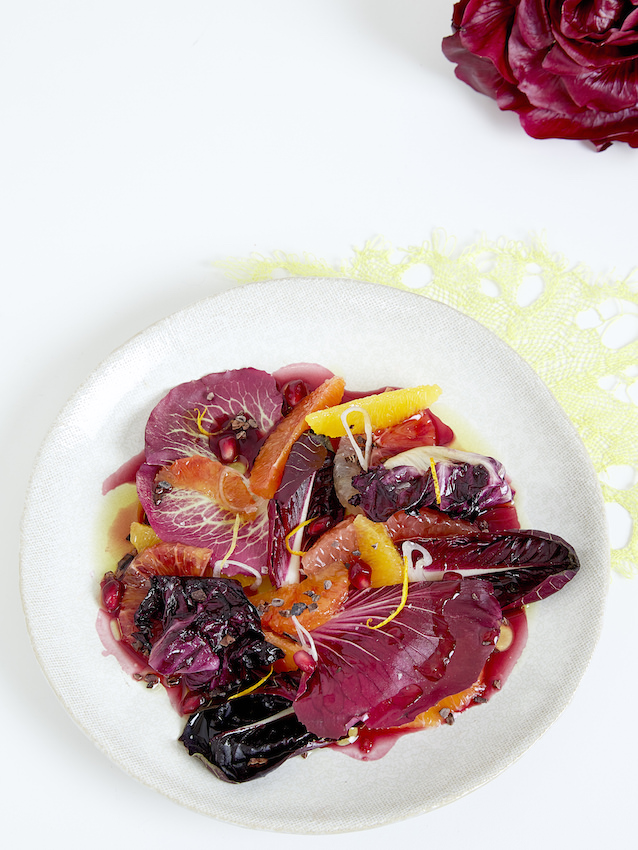 Courtesy of abcV
Courtesy of abcV
WW: How do you see the interior design relating to the menu and overall concept of abcV? How vital is that connection?
PC: The design is like a white template, a canvas of light energy. We want people to feel that spaciousness, that moment of silence in white; there’s beauty in that stillness. Before there were design magazines and design books and great artists, people looked to the stars; they looked to the plants; they looked for clues from the universe. When you look at that from a higher perspective of paying attention to the map that creation laid out for us, all we’re doing is pointing our compass in that direction.
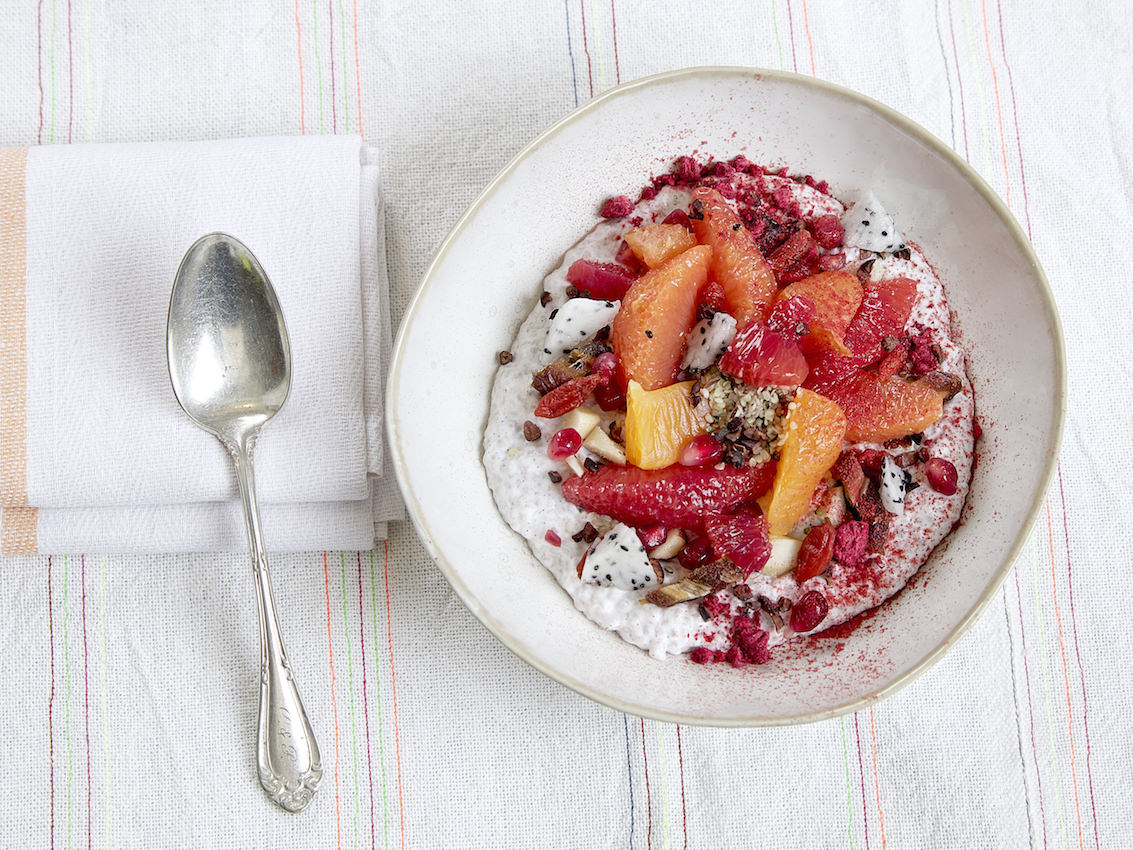 Courtesy of abcV
Courtesy of abcV
AI: That’s probably our biggest passion. The textiles that we use really reflect the earth, in so many ways. They have landscape qualities, they have sunset qualities, the palette is really vibrant and bright. You walk into the restaurant and you feel bright; the food is bright. We knew that there was going to be an indigenous element. It’s not only in the textiles; we also have panels from Morocco. They are relief tiles that reflect sacred geometry and miniature paintings from Turkey about moon patterns, the sun, the stars . . .
WW: You’ve mentioned the light of the moon inspiration a few times. Is there a feminine energy connection you wanted to create in the space?
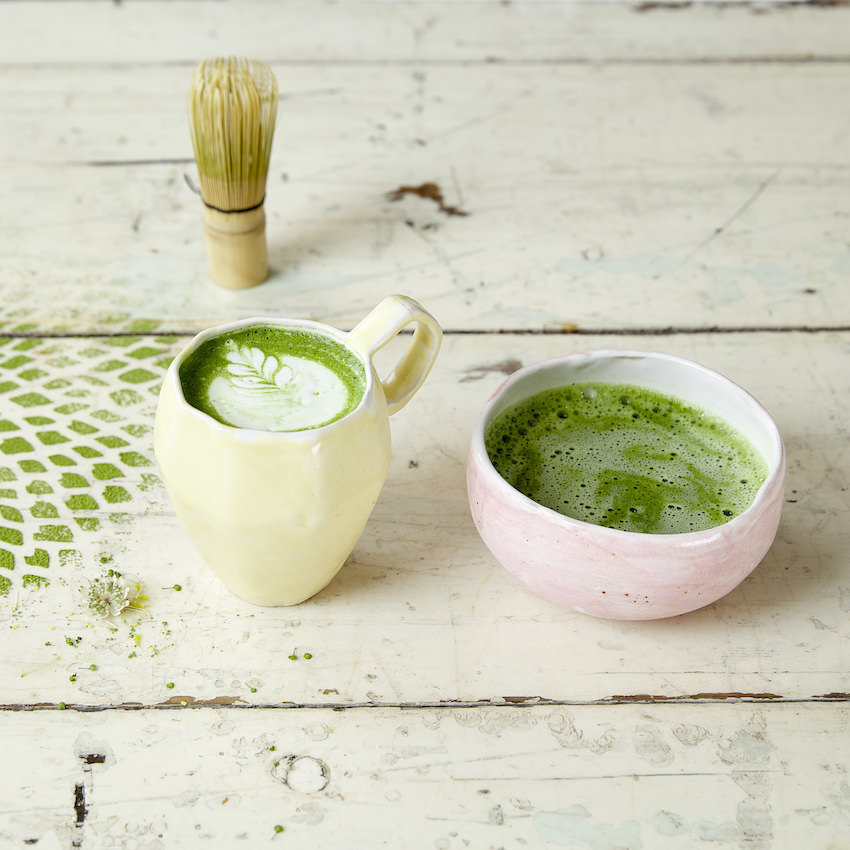 Courtesy of abcV
Courtesy of abcV
PC: At abc, for many years we’ve talked about the sacred feminine. And that sacred feminine is about coming from a very loving and nurturing place. In the design world right now there is a tremendous amount of masculine aesthetics, with heavy woods and very male energies. Instead, we chose these incredibly beautiful, very thin tables. It’s all about the gracefulness. There’s such a feminine dynamic to the entire space. It is really like a dance. It feels like a sanctuary.
This article appears in Whitewall‘s spring 2017 Women in the Arts issue, out now.






